"See-Think-Wonder about Our Heritage" •
PCF SparkletotsPreschool @ Bukit Batok Blk 208
PCF Sparkletots Preschool @ Bukit Batok Blk 208 participated in Singapore’s Little Treasures, an ECDA Innovation Guidance Project in partnership with the National Heritage Board. As part of the project, our centre applied the ‘See-Think-Wonder’ thinking routine in introducing different cultural artefacts to the children. This learning process promoted quality interaction as children were given opportunities to engage in conversation and discussion about the various cultural artefacts.
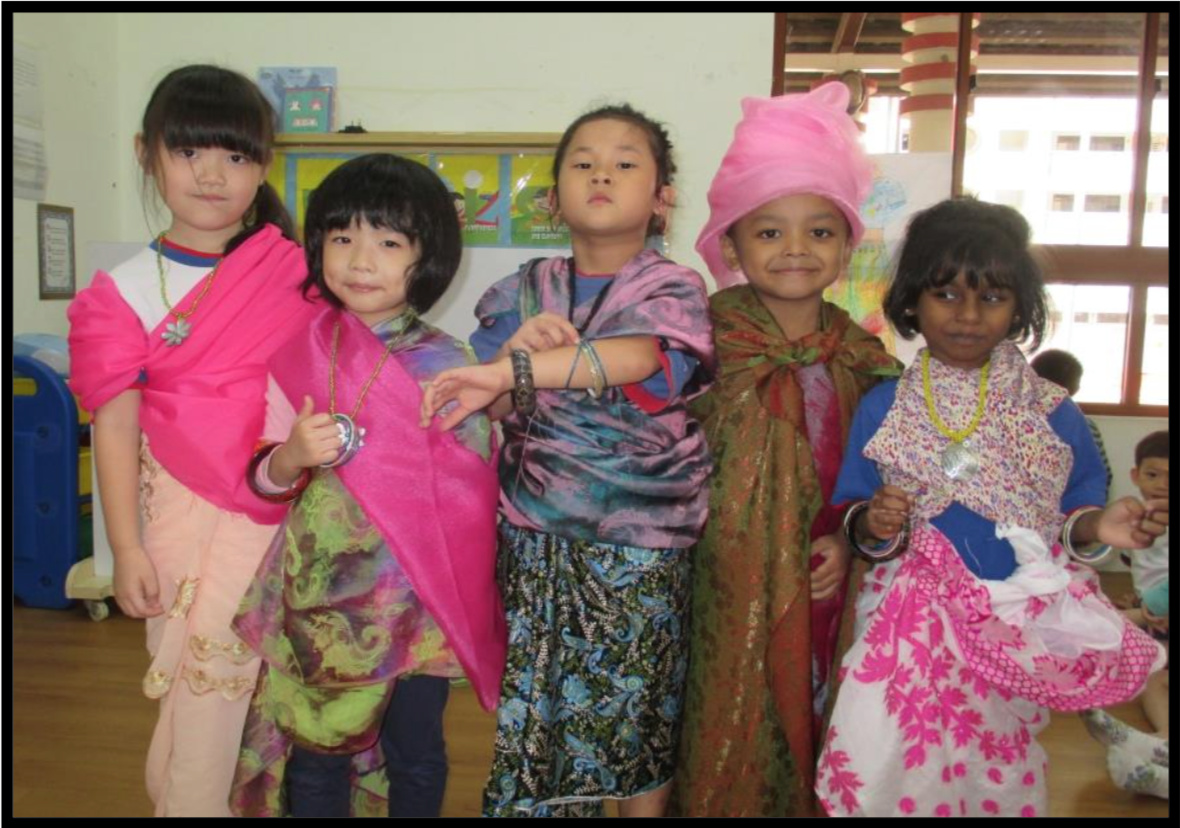
Through this project, children were given opportunities to:
Make use of their senses to find out more about the cultural artefacts
Ask simple questions about the artefacts

Through this project, children were given opportunities to:
Make use of their senses to find out more about the cultural artefacts
Ask simple questions about the artefacts
What is ‘See-Think-Wonder’?
‘See-Think-Wonder’
1
thinking routine helps to stimulate curiosity among children and
stresses inquiry-based thinking through close observation following a three-step process
as follows:
I see…
I think…
I wonder…
Application of the ‘See-Think-Wonder’ thinking routine
Example 1 The plan below shows how the teachers have applied the routine in planning the questions and activities to support children’s learning of a kompang.

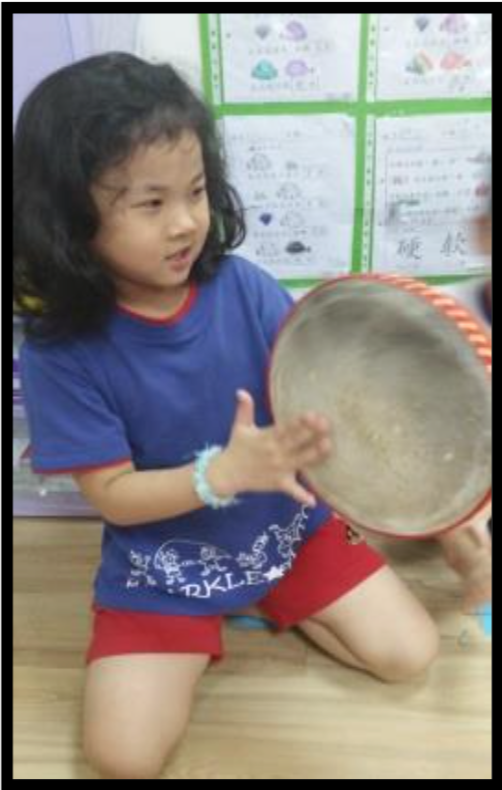 | 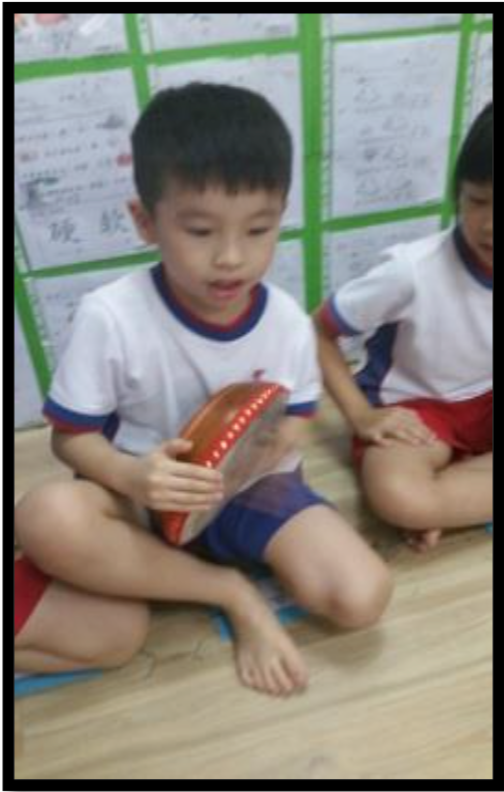 |
| Process | See | Think | Wonder |
| Suggested Prompts |
|
|
|
| Children's responses | I can see a circle shaped object. I see the colours red and white, with dots around it. It is too light. It is made of wood. | I think it is a drum. I think it is a bowl for our soup. I think it is a hat. | I wonder who made this. I wonder, why did they make this? I wonder if old people use this. I wonder how they used this in the past. |
Example 2
The teachers similarly applied the ‘See-Think-Wonder’ thinking routine and asked questions about the wooden pillow and the children gave interesting responses.
The teachers similarly applied the ‘See-Think-Wonder’ thinking routine and asked questions about the wooden pillow and the children gave interesting responses.
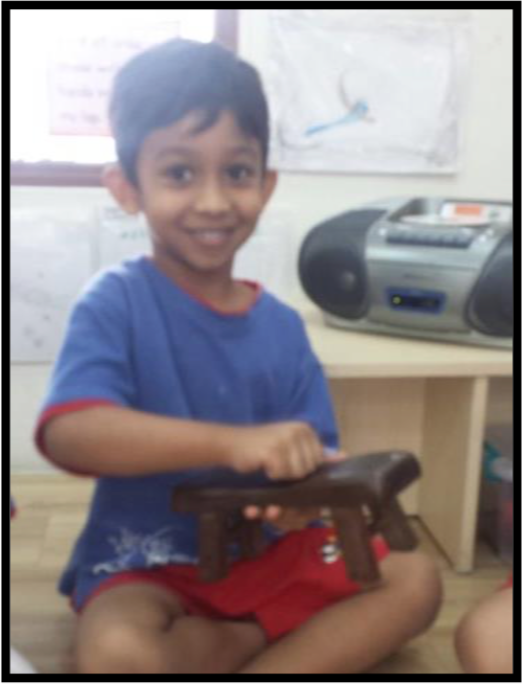 | 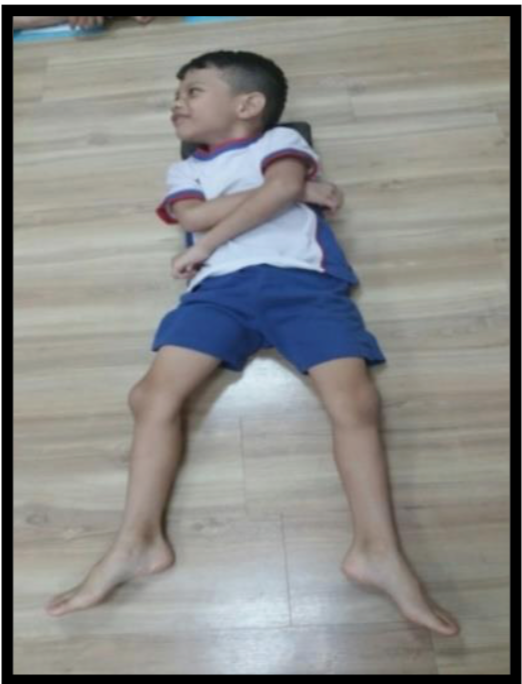 |
| Process | See | Think | Wonder |
| Suggested prompts |
|
|
|
| Children’s responses | I can see a line on it. I see brown and dark brown under it. It is a little heavy. It is made of wood. | I think it is a small chair. I think it is a table. I think they used this during my grandmother’s time. I think the workers used a wood to make this. | I wonder who made this. I wonder why they made this. I wonder if old people used this before. I wonder how they used this in the past. |
Extending Children’s Learning
Follow-up activities were planned to extend children’s learning after each cultural artefact was introduced. They children had fun creating their own kompangs and using them to accompany other instruments in a musical performance. They also designed their own pillow cases for the wooden pillow.
Contributed by:
PCF Sparkletots Preschool @ Bukit Batok East Blk 208